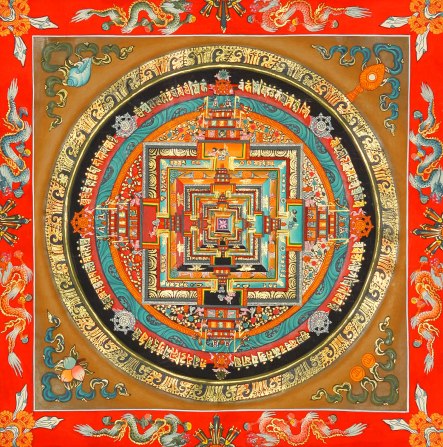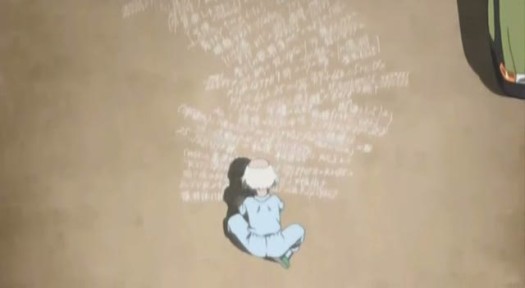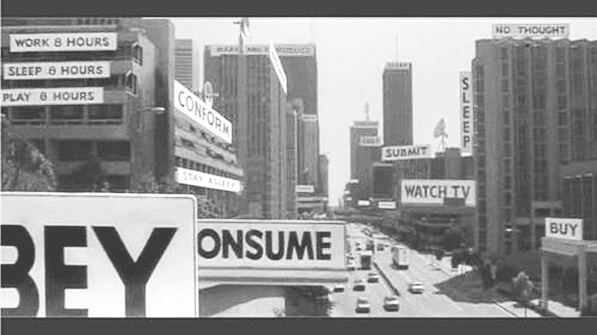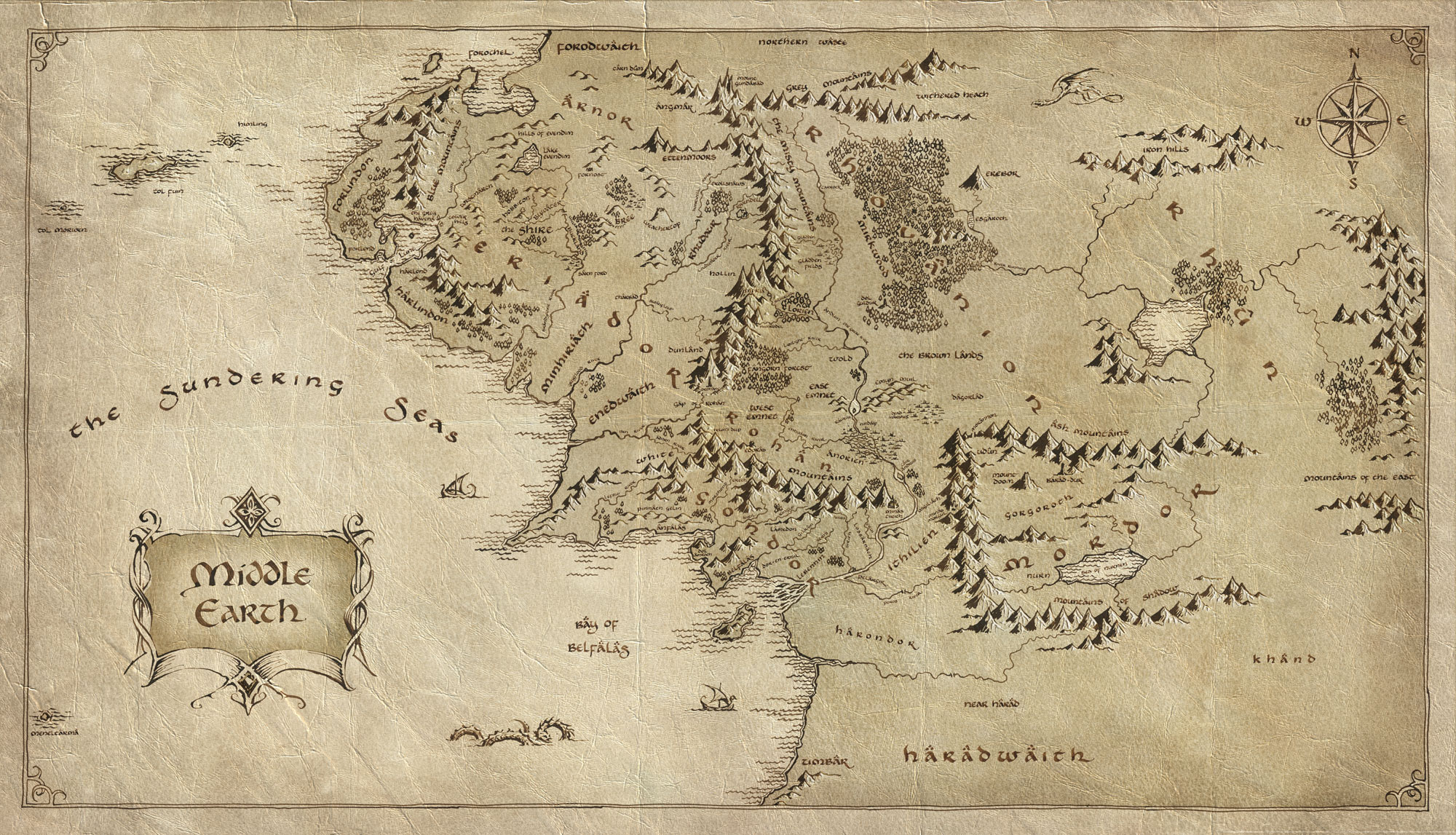Despite this being the Occult Triangle Lab, I haven’t spoken much about occult trigonometry. I’ve talked about using binary code as the basis for magic systems, as well as magic as poetry, but not much to do with triangles. Except for that origami pyramid wrapped up with Zen.

Magic in fantasy, as I’ve said before, shouldn’t be a science. It shouldn’t be a palette-swapped form of electricity or physics, where mages carry out “experiments” like Isaac Newton (though he himself was apparently a big fan of alchemy). The reason is that magic, when approached like a science, brings up same reductionism that haunts modern people: if we’re all just chemical reactions in our brains, is there space for truth, or meaning, or wonder? Because those are the very things fantasy can explore like no other genre.
I think magic in fantasy should have rules. The way I conceive it, it should undergird the workings of nature and the world, similar to how Ursula LeGuin’s used taxonomy as magic. But when I imagine magic, there’s something transcendental about it that goes beyond science and materialism. How do you begin designing a system like that? It’s like making up a fictional branch of aeronautics. But that’s what’s so amazing about worldbuilding: you get to make the rules.
What follows is the basic building blocks for a magic system that I conceived back in 2014, combining the art of Buddhist mandalas, computer coding, and musical theory with metaphysics, astronomy, and trigonometry. This is, in the realest sense, a product of an occult triangle lab. One note, however: this is all hypothetical. I don’t have a degree in linguistics like Tolkien, or in graphology. To actually create the symbolic language I describe and to embed these kinds of patterns in it would be something akin to making a crossword puzzle out of an entire language. It would take years of careful construction. So maybe a long-term project for me.
But in the meantime…
Spell Maps, COMPUTER CODE and GEOMETRY
A couple years ago, I started to sketch out the beginnings of a written magic system for my fantasy world. I imagined putting together a bunch of symbols in a sequence that expresses what you want to happen, like you’d do with a line of computer code. But there is something inherently beautiful about how these symbols would fit together: if you deconstruct the interactions between the symbols, you would find that all the symbols could be grouped into discrete units, with the groups’ unity based around shared markings in their graphic composition (similar strokes and dots in the symbols) or the part of the spell they affect (such as binding or flight). These rows of symbols would form rectangular paragraphs, and these rectangles could be oriented to one another like building blocks to form geometric shapes, with each paragraph forming a side of the shape.

These shapes would be arranged into a “spell map,” a geometric representation of how the different parts of the spell work together. It would form a radial or symmetrical design based around a central polygonal figure, such as a square or hexagon. Arms extending from the central polygonal shape would represent the different aspects of the spell, and the smaller components of the arms would be based around their own geometric patterns, making a chain of hexagons, squares, triangles, and so on. So the patterns contained within the individual lines of magical code would eventually form spirals of meta-patterns.
A functioning, well-written spell would have perfect symmetry when all the symbols are arranged in this manner, so a mage writing a new spell could actually lay out their writing in a half-made spell map and figure out what to write next based on their knowledge of geometry and angles. They can also figure out where their spell is going wrong based on the symmetry of the design.
Spell Maps, Triangles, and Designa
The thing is, every polygon is made up of triangles. When you have a regular polygon, like a pentagon, you can subtract 2 from its number of sides and multiply that by 180 to get the sum of its internal angles. Why 180? Because that’s the sum of the angles in a triangle! If you’re trying to create huge, perfectly geometrical spiral designs, the key lies in the shapes that will work well with the central polygonal shape; linking together a hexagon and a pentagon will make for some crowded, chaotic spiral arms. Shapes made from the same sort of triangles that make up the central polygonal figure, on the other hand, might work to create perfect mandala-like designs.
Working with triangles as the basic building block of all shapes, you can figure out the angle measures of the “ideal” triangle for your central polygon (say, a hexagon, which is made up of equilateral triangles with angle measures of 60 degrees) and create a grid made entirely of those triangles. Using this grid, you can be assured that all shapes made from those triangles will have angles measures and lengths that will synch well together. If you’re a mage, it also means that you have all routes for the development of a new spell map.

But in practice, single-triangle grids may not contain all the triangles necessary to create perfect designs, especially if you want a mix of different shapes. You’ll need permutations of the right triangle, the equilateral triangle, and 30-60-90 triangle, with angles and lengths adjusted to fit the angle measures of your central polygonal figure to have all possible options. This means, to see all possible shapes, you should be working with three triangles grids superimposed on top of one another, calibrated to the right angle measures.
So that’s where things get complicated.
A book I picked up from The Strand is a great guide to this kind of geometrical drafting–it’s called Designa by Wooden Books, and it walks you through the history, drafting techniques, and mathematics behind different designs from all over the world, including Muslim religious patterns and Celtic knots. Woven into these patterns are symbolic meanings and symmetries, reflecting beliefs about the universe, nature, and God.
So there you have the first stage: the idea of a spell map, a meta-pattern that gives a geometric structure to a normally linear, code-like spell made of symbols. Like a computer system, it can be revised and troubleshot based on the patterns embedded in its operations. When it’s evoked, it casts the spell coded into it.
SPELL MAPS, MAGIC, and MUSIC
After looking at the triangular grids I’d made, I used the horizontal lines made naturally when you mirror two rows of triangles vertically to measure the size of a map, which would express its “magnitude”: the larger and more complex the spell, the more space on the grid it will require, and the greater its “magnitude,” since larger spells means using more lines of symbols. And that led to a new idea.
As I looked at the designs I’d made, I wondered what it would look like if I tried to reduce all of the symbols and patterns to binary, so that a spell could be fed through a punch card-computer, like UNIVAC. I also realized that the “magnitude lines” I’d drawn also imposed something like a musical staff on the whole design. It reminded me of Deadmau5 playing the Castlevania theme on a bunch of modular synthesizers, and the Black Midi series, especially this one, where the designs made by the notes end up looking like large spell map. I imagined playing cross-sections of a spell map like Black Midi, with every symbol being a note.
Music is made of patterns and mathematics, and the same kinds of waves that describe sound can apply to light, energy, and matter (I dove into sound waves and quantum mechanics in this post). In my sketches, I started to see how a given spell could be expressed as a song as well as a mandala-like graphical representation. And if you look back to wizards like Vainamoinen, spell-songs are exactly what mages used to change the world around them. It’s a really cool piece of synchronicity, and it’s one of the fascinating coincidences that pops up when you delve into this kind of worldbuilding.
Metaphysics, Spell Maps, and the Universe
But when I looked closer at my sketches, another pattern started to appear. I started to see how a spell map could also be a reflection of the symmetry of the universe, in the same way that Buddhist and Hindu mandalas supposedly reflect the order of all creation. In fact, the structure of a spell map looks like a universe of sorts: it’s a miniature galaxy, with spiral arms containing dozens of individual ‘solar systems’ (symbol-rows grouped around the center of a shape) containing sometimes hundreds of individual ‘worlds’ (symbols) and comprising thousands of ‘people’ (individual strokes that make up the symbols).
In my conception of this magic system, this is where magic crosses over from being a computer program and reveals its ties directly to metaphysics. Like a fractal, the pattern of the whole universe is expressed in miniature in the spell map, because magic is essentially a way to change the universe. And in this system, the way to change reality is to build a microcosm of the universe and rewrite it by hand. In this way, a spell map could also act as a kind of divination or scrying tool, like the I-Ching (a book that fascinated Phillip K. Dick to no end), reflecting the conditions of the world rather than changing it.

Conclusion
Great worldbuilding should work like an iceberg: 10% on the surface, 90% below the waterline. I think this is one of the reasons the worldbuilding in Dark Souls rakes in such unreal praise. There’s a sense that beneath the immediate information you’re given, there’s whole volumes of knowledge and secrets to learn and immerse yourself in. It’s the opposite reason people can’t get through Lord of the Rings or The Silmarillion. But whether you’re revealing all of it or letting the reader unravel how everything fits together, I think the best way to accomplish that feeling of a vast, immersive world is to actually build it behind the scenes. I spoke about this before, but the small details are crucial to making fantasy work, and this is especially true when it comes to magic.
So if you’re a fantasy writer building a world from the ground up, explore everything. Everything feeds into everything else, the world is a frightening and wonderful place, and when you dig deep enough, triangles lie at the heart of everything.





















